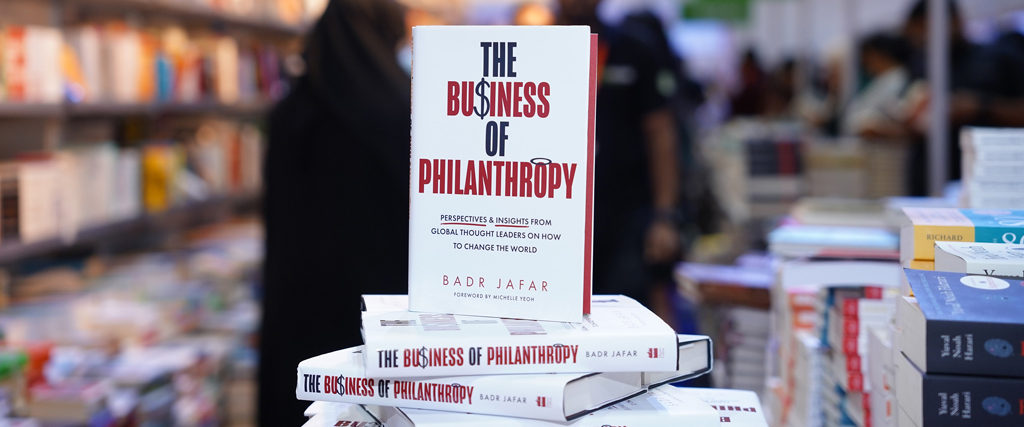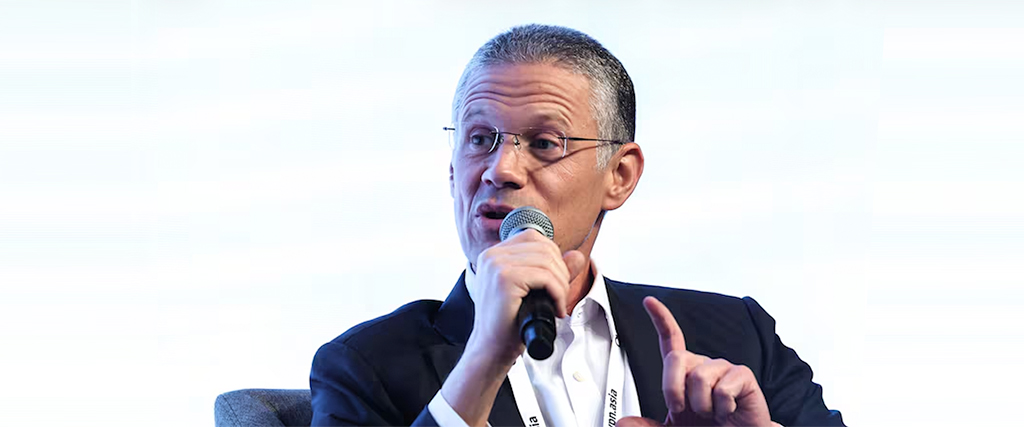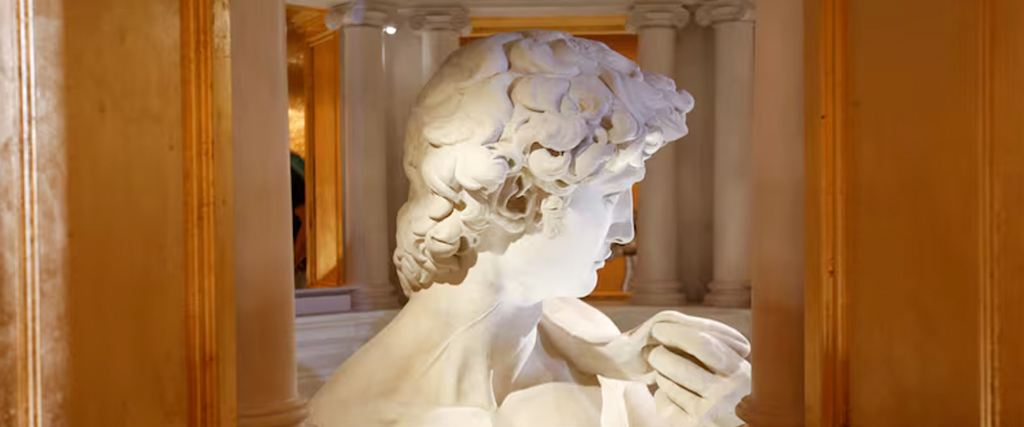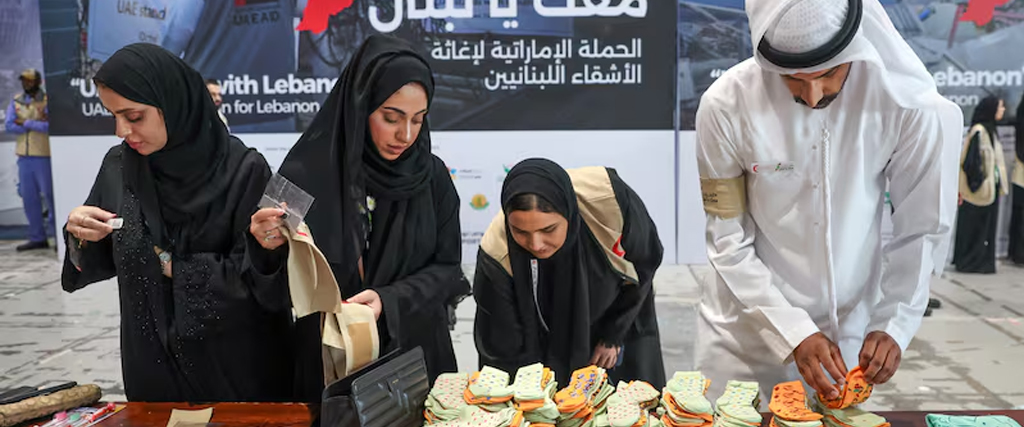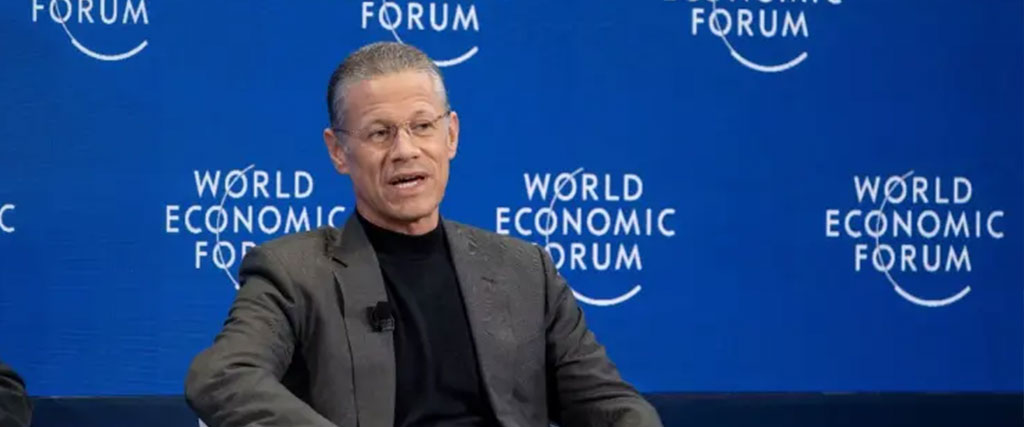A Defining New Era for Philanthropy and Strategic Giving in the UAE
Philanthropy in the UAE is undergoing a profound transformation. Rooted in centuries-old traditions of faith and community, it is now evolving into a dynamic force for systemic change and innovation. Philanthropy is not only growing in volume – it is advancing with sharper purpose and more strategic intent, building an ecosystem as forward-looking and ambitious as the UAE itself.
To better understand this shift, I had the privilege of interviewing over 50 thought and action leaders from around the world, including several distinguished voices from the UAE, who are helping to shape the future of giving for my book, The Business of Philanthropy.
At the heart of this shift is a growing recognition that philanthropy can fund experimental, high-impact solutions that governments or businesses may be unable to tackle on their own. H.E. Sheikha Bodour Al Qasimi, President of the American University of Sharjah and founder of the Kalimat Foundation, notes: “Philanthropy is risk capital, we can and should take risks and go where others are unable to.” This mindset is unlocking a more entrepreneurial model of giving – one that positions philanthropy as a driver of bold experimentation deep-rooted transformation.
Business leaders turned philanthropists are increasingly applying the same principles that powered their commercial success to their philanthropic pursuits – setting clear objectives, measuring outcomes, and fostering collaboration. H.E. Abdul Aziz Al Ghurair, Chairman of Mashreq Bank and Chair of the Abdulla Al Ghurair Foundation, emphasizes: “We should approach philanthropy in the same way we would our businesses, with clear and specific goals in mind.”
A Legacy Recast
The Arab region has long stood out for its deep philanthropic roots. Islamic giving practices such as Zakat and Sadaqah collectively generate between $400 billion and $1 trillion annually, making Islamic philanthropy one of the world’s largest sources of charitable capital. Giving from the Arabian Gulf alone is estimated at around $210 billion per year.
A new generation of philanthropists is recasting this legacy, bringing structure, strategy, and systems thinking to their giving. This evolution is driven not just by the accumulation of wealth, but by a growing awareness of the need to move from alleviating symptoms to tackling root causes. Fadi Ghandour, Executive Chairman of Wamda Group, succinctly puts it: “When you do it strategically, you’re thinking carefully about the long-term impact.”
Haifa Fahoum Al Kaylani, President of the Arab International Women’s Forum, underlines the central role of youth in this transformation: “Our youth are the future of the region, and they have outstanding ideas about the social changes that they want to see happen in their communities and in their countries.”
Technology as a Force Multiplier
Technology is accelerating this transformation, making philanthropy more transparent, efficient, and inclusive. Digital platforms are enabling new models of giving – from crowdfunding to blockchain-powered audits – while big data is redefining how we understand and measure impact. Muna Al Gurg, Vice Chairperson of Easa Saleh Al Gurg Group, observes: “In a world that is increasingly digitised, there’s going to be more data than we know what to do with, which in the world of philanthropy is a high-quality problem to have.”
Artificial intelligence is now further amplifying this potential, helping donors identify needs, predict outcomes, and optimise impact. With the UAE investing heavily in AI, including through initiatives like MBZUAI and the recently announced 5 gigawatts UAE–US AI Campus, the country is uniquely positioned to lead this convergence of technology and philanthropy.
Yet, the question remains: how do we harness these tools to empower the underserved rather than overwhelm them? The answer lies in embedding innovation with intention and grounding every digital leap in human connection.
A Nation Positioned for Philanthropy Leadership
With an estimated $70 trillion in global wealth set to be transferred to Gen X and millennials in the coming decades, including $26 trillion across Asia and Africa alone, the UAE is uniquely positioned to shape the future of philanthropy.
Sheikh Sultan Sooud Al Qassemi, founder of the Barjeel Art Foundation, captures this spirit of social investment beautifully: “If you want people to innovate, you need to give them a sense of belonging.”
H.E. Razan Al Mubarak, President of the International Union for Conservation of Nature, also reminds us: “You cannot protect nature with funding alone – you must protect it by empowering those individuals that protect nature and whose very lives and livelihoods are intertwined with its fate.”
Building the Bridges of Tomorrow
What emerges from these conversations is a collective call to action: to build the philanthropic architecture our future demands. This includes not only more giving, but better giving – governed by data, powered by collaboration, and designed for scale.
It means investing in the infrastructure of philanthropy itself: in research, regulation, convening platforms, and the talent pipelines needed to professionalise and sustain the field. It also means cultivating a culture of giving that is inclusive of youth, women, and communities at the margins – not as beneficiaries, but as co-creators.
H.E. Huda Alkhamis-Kanoo, founder of the Abu Dhabi Music and Arts Foundation, offers a powerful metaphor: “The role of a philanthropist is to be an unshakable bridge for people to cross over from problems to solutions.”
This is our moment to shape a new legacy – one defined not by charity alone, but by bold, collaborative investments into the future of our communities and our planet. As the UAE continues to rise as a global hub for talent, opportunity and innovation, we have the opportunity to help define what strategic giving can look like in the 21st century: inclusive, entrepreneurial, and built to last.
Source: Khaleej Times
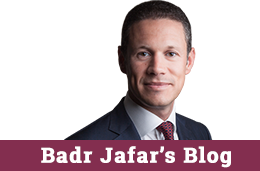
 Tweets by @BadrJafar
Tweets by @BadrJafar